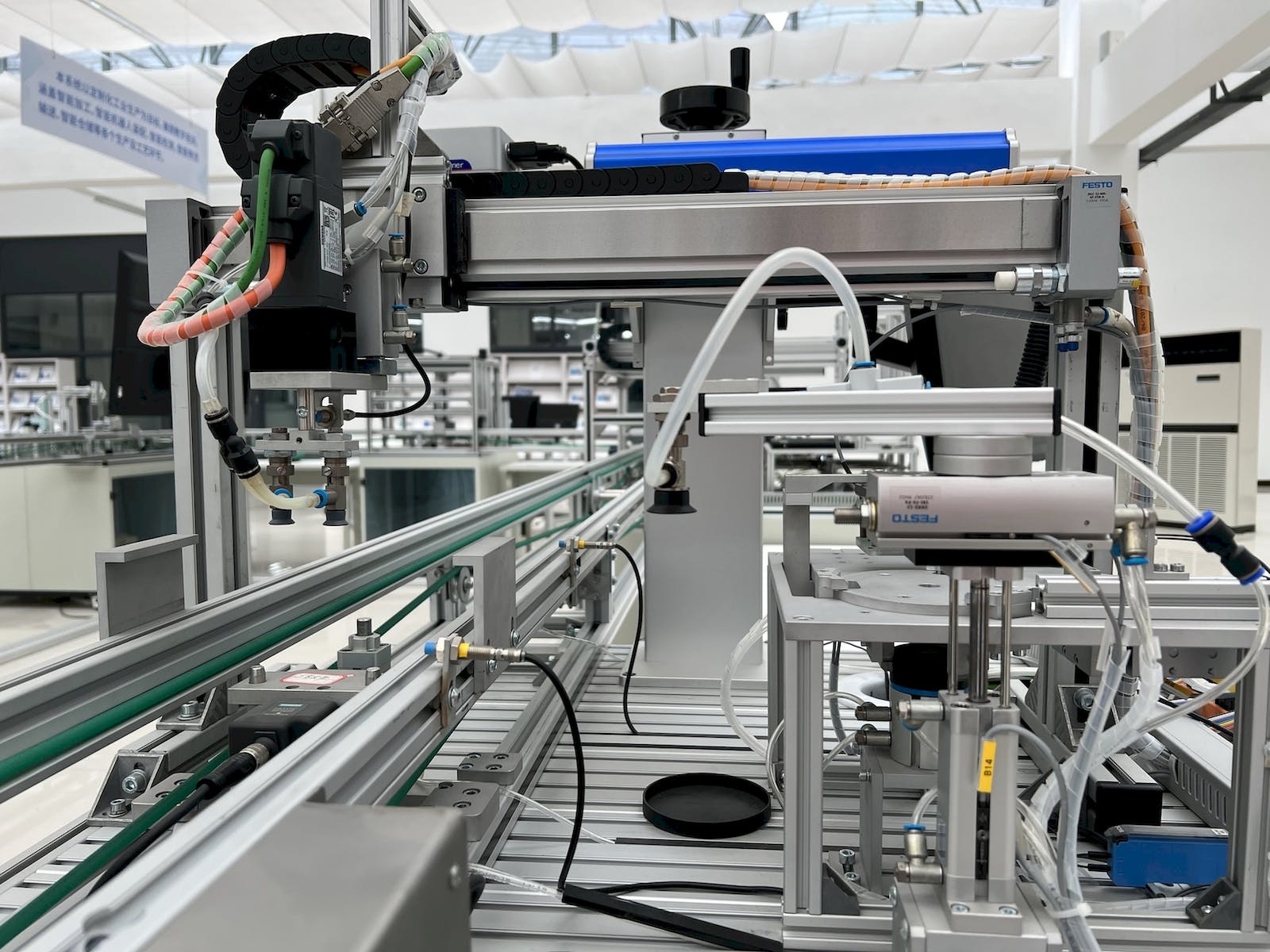The Pros and Cons of ESPHome: Everything You Need to Know
Exploring the Benefits and Drawbacks of ESPHome for Home Automation
If you're looking to enhance your home with smart devices and automate various tasks, ESPHome is a popular platform that could be the solution you need. By integrating ESPHome into your smart home setup, you can create custom firmware for your devices and tailor them to your specific preferences. However, like any technology, ESPHome comes with its own set of advantages and disadvantages that you should consider before diving in.
In this article, we'll delve into the benefits and drawbacks of using ESPHome for home automation. Whether you're a tech enthusiast or a newcomer to the world of smart homes, understanding the pros and cons of ESPHome can help you make informed decisions about integrating it into your living space.
Pros
Discover the various advantages that ESPHome offers for home automation enthusiasts. From customization to seamless integration, ESPHome has a lot to offer. Let's explore the benefits in detail:
Customization Galore
One of the key advantages of using ESPHome is the unparalleled level of customization it provides. With ESPHome, you can create custom firmware for your devices, allowing you to tailor their functionality to meet your specific requirements. Whether it's tweaking the behavior of a smart light or adding advanced features to a sensor, ESPHome empowers you to unleash your creativity and design devices that truly complement your lifestyle.
Seamless Integration
ESPHome seamlessly integrates with popular smart home platforms, making it easier to incorporate your DIY devices into your existing ecosystem. Whether you're using platforms like Home Assistant or OpenHAB, ESPHome plays well with others, ensuring that your custom creations can seamlessly communicate and interact with other smart devices in your home.
Accessible Interface
Another advantage of ESPHome is its user-friendly interface that simplifies the process of creating and managing firmware. Even if you're not an experienced developer, ESPHome's intuitive interface allows you to configure devices and set up automations with ease. This accessibility makes it a great choice for both beginners and seasoned DIY enthusiasts.
Active Community Support
ESPHome benefits from a vibrant and active community of users who are passionate about home automation. This means that you can tap into a wealth of knowledge, user-generated content, and community-contributed solutions to troubleshoot issues, explore new ideas, and elevate your smart home projects with the support of like-minded individuals.
Data Privacy and Security
ESPHome allows users to maintain full control over their smart devices and the data they generate. With the ability to use locally hosted servers and encryption protocols, users can minimize the risk of their data being compromised or misused.
Scalability and Expansion
ESPHome provides a flexible platform for adding and managing a wide range of smart devices. Users can easily expand their home automation system by integrating new devices and sensors without being limited by proprietary protocols or ecosystems.
Missing a pro?
Let us know which pro you are missing!
Cons
While ESPHome offers a range of benefits for home automation, it's essential to be aware of the potential drawbacks that come with using this platform. Understanding the limitations can help you make informed decisions and avoid any unexpected challenges. Let's take a closer look at the disadvantages:
Learning Curve
For individuals with limited technical knowledge or programming experience, ESPHome might present a steep learning curve. Creating custom firmware and configuring devices through ESPHome requires a certain level of familiarity with concepts such as YAML configuration and microcontroller programming. It may not be the ideal choice for those who prefer plug-and-play simplicity.
Hardware Compatibility
Another potential disadvantage of ESPHome is its dependency on compatible hardware. While ESPHome supports a wide range of devices, not all gadgets may be compatible with the platform. This limitation could restrict your options when it comes to choosing devices to integrate into your smart home setup.
Maintenance Responsibility
When you integrate DIY devices with custom firmware created through ESPHome, you assume the responsibility for their maintenance and updates. Unlike off-the-shelf smart devices that receive automatic firmware updates, custom devices require proactive management to ensure they remain secure and up to date. This additional maintenance can be a downside for some users.
Potential Complexity
Creating advanced automations and implementing complex functionalities through ESPHome might introduce a level of complexity that exceeds the needs of some users. While ESPHome offers extensive customization, navigating intricate configurations and ensuring seamless operation of custom devices can be daunting for individuals seeking a simpler and more streamlined smart home experience.
Limited Official Device Support
While ESPHome supports a wide array of devices, some users may find that their specific smart devices or hardware require custom configurations or lack official support. This could result in additional time and effort to ensure compatibility.
Potential Firmware Bugs
As with any software, ESPHome firmware may encounter bugs or issues that can impact the functionality of connected devices. Users should be prepared to troubleshoot potential firmware-related problems and stay updated with firmware releases and patches.
Missing a con?
Let us know which con you are missing!
Conclusion
In conclusion, ESPHome presents both compelling advantages and potential drawbacks for individuals venturing into the realm of home automation. By weighing the pros and cons, you can determine whether ESPHome aligns with your technical expertise, customization requirements, and long-term smart home goals. Ultimately, the decision to embrace ESPHome should be based on a comprehensive understanding of its capabilities and the implications of DIY device integration.
What do you think?
Do you think the pros outweigh the cons?








